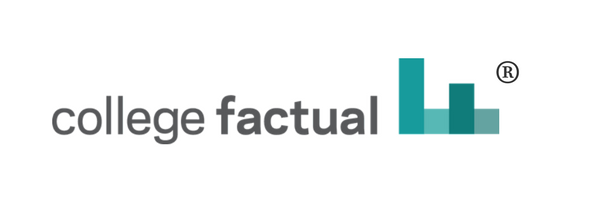Are Your Federal Student Loans Enabling the Dramatic Rise in College Tuition?
/Can't afford that expensive college bill? With the average college tuition bill for a public college being anywhere from 25-40% of the median income in America, it's no wonder.
The true cost of college is often masked from students as they are offered loans to help meet their financial need. All students care about is that they can afford their college bill now, and don't think much about how they will afford to pay for it later.
The thing is, college tuition and fees often rise as a reaction to increasing amounts of federal funding being available. The more students are able to afford (even if they are affording it through loans) the more college can charge.
The more financial aid students can receive, the higher the price the college can charge.
It’s the Price of Inflation… Right?
According to USAToday, college tuition at private national universities have increased from an average of $16,750 per year to over $33,500 per year between 1990 and 2017.
During this time frame, the average increase in yearly tuition has been between 2.4 and 3.1%. This is significantly more than the rate of inflation which varies by year but has averaged about 2.1% each year, with several years below 1% inflation.
Why have colleges risen their tuition so significantly over the past thirty years? In many ways, we, as consumers, are partly to blame.
It’s us!
If you see a $40,000 car sitting next to a $20,000 car, which one would you be interested in taking out for a joyride? Assuming you said the more expensive car, why is that? What made you decide you wanted to drive the fancy car? Do you think the more expensive car is better? Safer? Of higher quality?
In reality, the more expensive car may be just as safe and reliable as the less expensive car. The brand name has a lot to do with the cost difference. Just look at the Cadillac Escalade – it has the same chassis as the GMC Yukon and the Chevy Suburban. Each of these three trucks will retail for wildly different prices with the Escalade more than twice the cost of a Yukon or Suburban. That doesn’t mean the Escalade is twice the comfort, reliability and safety – it just means people are willing to pay big money for a Cadillac…
How much are you paying for a big name?
If a college wishes to increase their prestige – especially when competing with similar schools, they may choose to increase tuition to make themselves look more exclusive. This doesn’t make less expensive schools lower quality, but students may perceive this as fact.
Even though many schools have doubled tuition in the past several decades, attendance is still up across the board. More and more people are choosing to attend college with about 20.4 million students attending fall 2017 – an increase of more than 5 million students since 2000. If colleges know they can get away with charging more for tuition, they will do it expeditiously.
Colleges have encouraged the line that students "must get a degree" or they will be left behind in the current economy. The same line gets repeated by politicians, teachers, parents, down the line. It gives students a false sense of urgency about their situation, that not only must they get a four-year degree, they must get it from the most prestigious school possible.
It’s them!
We can’t all blame ourselves for what colleges are doing and have been able to get away with. Some interesting papers published by the Federal Reserve Bank of New York and National Bureau of Economic Research shed a light on the Bennett Hypothesis which states that college raises tuition in response to the increased availability of government aid. Intuitively, it makes sense that a student with access to a large line of credit will be willing and able to pay a higher price than the student who doesn't.
According to the Federal Reserve Bank of New York, both subsidized and unsubsidized loan maximums were increased in 2007/2008 and 2008/2009 respectively, the overall loan originations rose significantly for both categories. For example, subsidized loans originations increased from $16 billion to $20 billion in 2008 and unsubsidized loan originations went from $15 billion to $26 billion.
With increased loan limits, a large jump in the amount of money borrowed makes sense. However, if we look at the average tuition increases in the 2007-2009 period, it follows the same path mentioned above – about 2.4%. Compared to the 1980s and 1990s, the increase seen after the Title IV changes is actually smaller. The 1980s and 1990s saw significant tuition increases in the 3.0%+ range.
So what can we make of all this data? Well, first off is that tuition is going to continue increasing. Are increases in federal loan maximums causing a direct increase in tuition? The increase in maximums may be responsible for a portion of the tuition increases you see, but it could also just be related to how many people are in debt in general.
If you don’t care about the hype and prestige surrounding some colleges, take a look at our Best Colleges for the Money list. If you know the major you will be focusing on, you can see the Best Value colleges for each major right on the major overview page.
Find a college that is the right financial fit.








